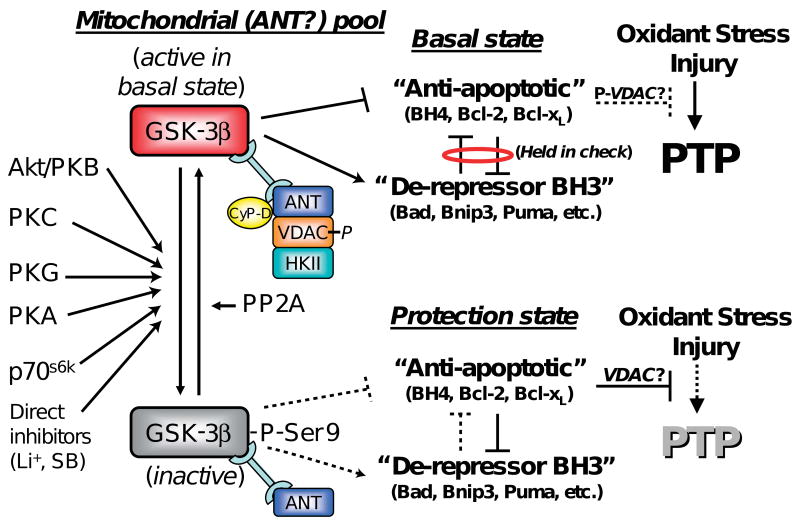Figure 2. Proposed model of mPTP modulation by GSK-3β.
The phosphorylation state of the mitochondrial-(ANT)-associated pool of GSK-3β contributes to the balance of Bcl-2-family protein effects, the result of which determines the resistance of the mPTP to oxidant stress. Basal state (top): the local GSK-3β pool (active in the basal state) binds ANT in a complex with phosphorylated VDAC, CyP-D and possibly other mPTP-regulatory elements. The basal state is established by the mutual antagonism holding in check the activities of the “anti-apoptotic” BH4 and the “de-repressor” BH3-only domain Bcl-2 protein family members. Note that certain direct inhibitors of GSK-3β do not necessarily change GSK-3β activity via phosphorylation-related mechanisms. Protection state (bottom): the protection signal induces inactivation/phosphorylation of this GSK-3β subdomain pool resulting in a shift in interaction within the mPTP regulatory complex elements because of subsequent modulation of the balance between opposing Bcl-2 family members in favor of the “anti-apoptotic” elements with consequent protection being manifested by an increase in mPTP-ROS threshold (modified from10).

